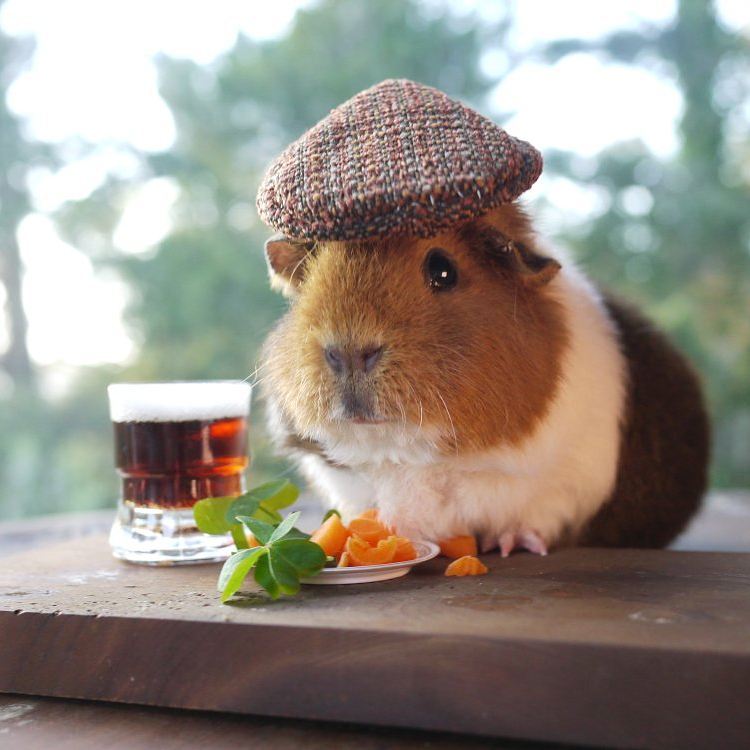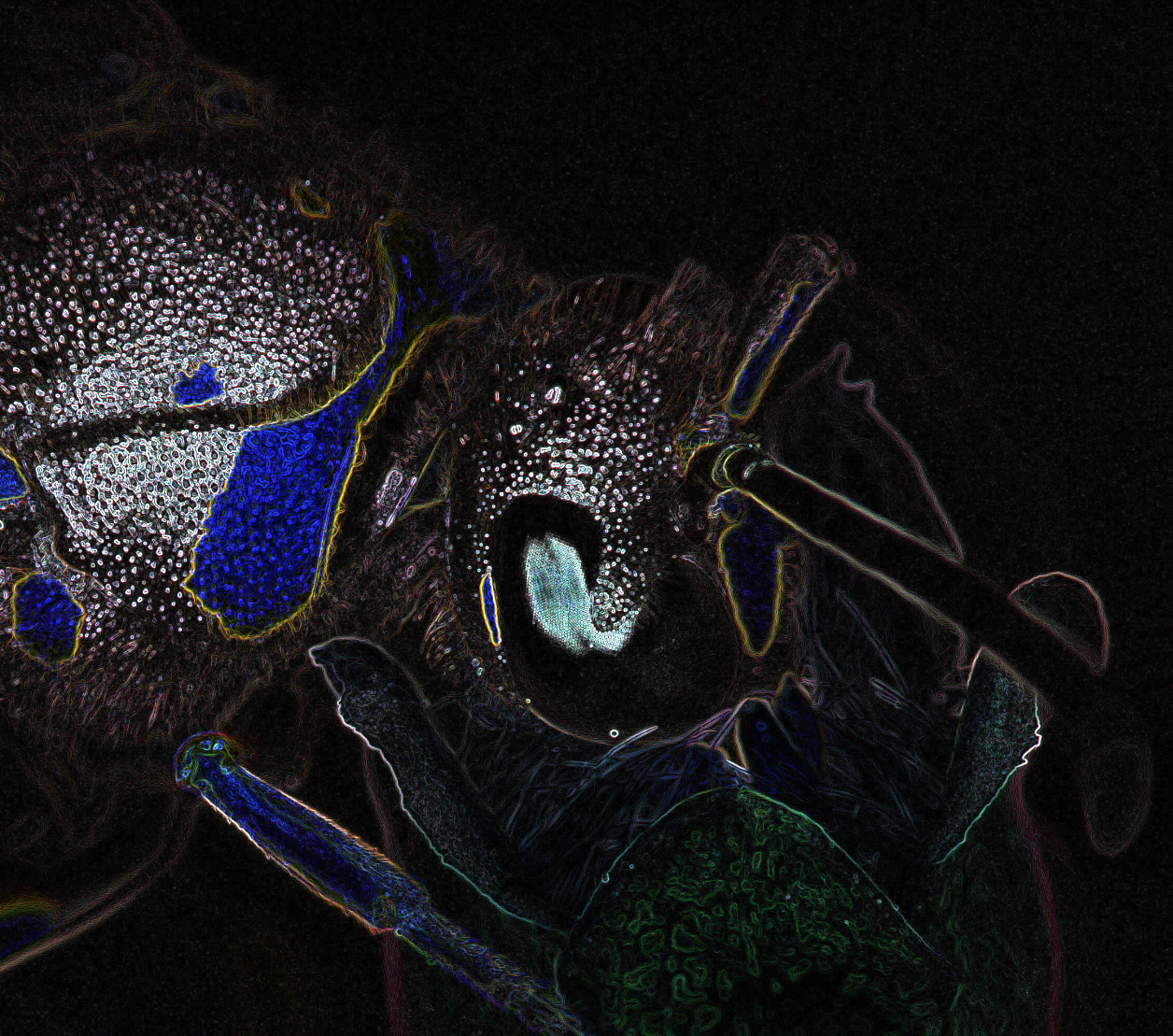Crops can blight, animals can get diseases. I don’t know much about hydroponics but I know that bacteria are a concern. What food source is the most reliable, the least likely to produce less food than expected?

Diversity of food sources.

This is the right response, along with proper crop rotation. No magic single correct answer here will work.

Not to be contrary, but… Soylent Green would fit the bill.

I know you’re not really being serious, but it doesn’t really. I considered the logistics of this for an RP I was running and it doesn’t add up. You need way way way way more food to grow a human being than the human being provides in food when they’re dead. At most, being very very generous, you could meet 1% of a society’s food needs with cannibalism. And that’s a really high estimate. It’s really more of a special treat than a daily diet!

Conservation of energy, basically. A self-eating population is a perpetual motion machine.

/unexpected futurama

Pretty sure that’s actually just a reference to the film Soylent Green…

What’s funny about Soylent green is that there are a few genuinely standout scenes and insightful existential conversations, but the only line ever referenced is “Soylent green is people.” The ads were apparently more culturally relevant than the movie.

That’s why it is unexpected.

They’re making our food out of people, next thing they’ll be breeding us like cattle! for food!

But what happens when covid kills 75% of your long pig stock? Thousands will starve, millions will die!

This reads like a Rimworld post.
I don’t think there’s a Rimworld community on Lemmy and I’m not going on Reddit anymore so I’ll just throw this comment into the void and hope some fans are out there. 👋
Also in Rimworld terms the answer is corn (if monoculture) and send everyone to harvest at the first sign of blight.
But in both Rimworld and real life, a monoculture strategy isn’t sustainable. Diversifying via multiple food sources reduces your risk of disaster leading to starvation.
Rimworld is awesome. But I guess I was thinking in terms of “all crops” being one type of food source. In Rimworld, you can’t get multi-year droughts that make growing anything almost impossible. In real life, you can.

@Rimworld@lemmy.worldYeah idk how to link it. Here: https://lemmy.world/c/rimworld
My first thought when seeing the title was also Rimworld. Glad to know others are fans of the corn monopoly.

I was going to say hydroponic rice. It grows so quick and if anything happens it’s back up in 7 days.
The problem with corn is that it takes so long to grow that you get a wealth spike when harvesting it and if anything happens to the harvest you can be at risk of starvation.

The trick is to always keep roughly a year worth of corn stored, and only sell off the excess.
After the initial ‘getting the base running’ I usually pay merchants that accept it in corn, up to the amount where they end up giving me all their silver on top of what I wanted to buy.

and send everyone to harvest at the first sign of blight
That sounds like a good strategy until blight happens in the middle of a massive invasion.
I still do mostly corn, but with smaller fields with gaps in between. Makes it easier to take fields out of use if I don’t need them and they’d just be wasting work time, and I can ignore blight without losing too much if something else is going on.

I think the answer is potatoes. Other root vegetables might be equally reliable.

In spring, I put a few sprouting potatoes in the compost, waited a few month and since July or so I have a huge bucket of homegrown potatoes that I have problems to use up. So very easy food source. Can recommend. There were a few pill bugs/ potato bugs who love the taste of the plants, but their damage had not much effect on the harvest in the end.

the answer is potatoes
Aha! Poland will survive in the post-apocalyptic world.

Not what I heard from an Irishman…
But jokes in poor taste aside, yeah. I’d have to agree. A lot of grains can also do really well, but potatoes are hearty, have a lot of what you need to live, and require no attraction work to make into food after you dig them out of the ground. Onions would also be high on the list, but aren’t as viable for keeping you alive as long when eating them, nutritionally.

Kinda hard to have a stable food system when an imperial power is stealing most of your food in a rather genocidal fashion!

@ColeSloth @IzzyData As I recall, the issue with the potato famine was more that, if you’re *only* growing potatoes, while they grow just about anywhere, they’ll also get diseases really easily.
Which is why on the Lemmy instance linked to, people mentioned a variety of crops is the trick.
So, potatoes, but *also* onions, and *also* wheat, and *also* corn is the true answer, as I understand.

Jerusalem artichokes > potatoes

Yams FTW.

Aeroponics, under a controlled greenhouse environment, is technically the most stable food production method, assuming you have the ability to maintain the systems supporting it, and of course a good knowledge of a particular plant’s requirements and growth habits.
Pros:
- Water Efficiency: Uses up to 98% less water compared to traditional farming.
- Space Efficiency: Can be used in vertical farming setups, making it ideal for urban areas.
- Growth Speed: Crops can grow faster due to higher oxygen levels and nutrient delivery.
- Reduced Pesticide Need: Since plants aren’t grown in soil, there’s a lower risk of soil-borne diseases.
Aeroponics, when done correctly, can yield impressive results in terms of growth speed and resource efficiency compared to traditional farming.

Can vouch. I don’t have an aeroponic setup, but I do have a hydroponic setup. Lots of reading has led me to aeroponics, especially high pressure aeroponics (HPA), although I don’t have the means to set this up myself at the moment. Reduced water and land use plus higher yield and if you grow indoors or in a greenhouse you get less pests. Seems like the best possible option for growing food sustainably

Probably not the answer you’re looking for: Afaik if you store grain properly it can last over 30 years. So as long as you’re growing too much to keep your silos full and save, and you store enough, it should be incredibly reliable.

Crops, but not unbelievably large monocrop farms. Diverse, rotated soil in reasonably sized fields, widely distributed. A variety of different crops mitigates blights, and they’re the most efficient food source, in terms for how much food produced based on the inputs (amount of land, water, energy, etc.) and other considerations (land used, greenhouse gas emissions!

To answer your question. When Agriculture was first “discovered” by humans ~20,000 years ago, the most stable production method was diversification. You should have a variety of crops with overlapping growing seasons and overlapping macro nutrients. For even more security, introduce animal husbandry that can graze on your fallow land and if you have enough land make sure to have multiple distinct herds that never interact with each other except for breeding every few years.
Additionally ensure your food production isn’t dependent on a single harvest season, nor a single climate. Have fruits/legumes/etc other lower yield crops that can be substituted in case your primary grains are hit with blight, or some other environmental factor.
Now let’s introduce some technology. Create several fast growing monocultures that allows you to get multiple harvests in a season that can be used for animal feed, storage and supplementing any deficiencies in the primary human food supply.
tl;dr. Make sure you have multiple methods of food production that are all viable at different times of the year. Ensure that the failure of any one or two of them isn’t a problem for overall yearly production, and ensure that they are independent on each other.

10,000 BCE unless something dramatic happened this year.

Seize people’s grass lawns and tear out 2/3 of roadways and convert the land into community gardens and ponds, grow food where the people are. Probably some form of population control.
Pie in the sky though. We’ll probably just start eating bugs by the container ship load and then go extinct instead

That’s not going to be as much land as you think it is, relative to the food needs of the maybe billion people living in lawn-growing places.

No you’re right, but it would be one of the more difficult things to convince people to do, so in this pie in the sky scenario where people actually give a crap about anything they’d also be doing a lot of other stuff that together would make a larger whole.

Oh yeah, not to say that lawns make sense. It’s just not a silver bullet.

Nah def not. Imo, from the evidence I’ve gathered so far about how the universe works, silver bullets don’t exist. Every solution has warts somewhere. Things we call “good” tend to require good old fashioned struggle and discomfort, so people need to stop pleasure seeking and chasing imaginary silver bullets. But they probably won’t, bc they’re conditioned to pleasure seek by capitalism and advertising and pop culture. Blah blah negative blah blah /rant

I would sort of expect it to be the stuff we struggle to get rid of, like fungi and weeds. So maybe mushrooms and dandelions? This is just a wild guess, and obviously you couldn’t live off them forever.

Intercropping, preservation of biodiversity, rotation of crops… There is no magic bean, but in the long run basic conservation combined with advancement of plant genetics is the only realistic path forward, in my professional opinion

Anything living can get diseases. I’d still go for crops grown in a controlled, indoor environment.
There’s a way to grow bacteria on natural gas if you don’t have grow lights, and they used it to make fish feed for at least a while, as well as some lab work on electricity-eating bacteria. If you don’t care about your liver I guess this drink is also technically a source of calories with no biological production needed.

The things that cause famines are lack of diversity.

Stuff like mealworms or soldierfly larvae can be grown easily, using almost anything. Don’t know how big of a problem diseases can get though.

Worms are less of an efficient food source than, for example, beans. The sci-fi trope of eating insects is silly. Deus Ex had it right - soy food is the future. (And the present!)

Depends on what you have on hand. Many insects have an almost 90% conversion rate of food to insect biomass and if you have a lot of plant matter or other biological material available that humans can’t consume they are great.

The trope is usually depicted as farming them en-mass for consumption, and that’s much less efficient than just growing soy beans.
Sure, in a survival situation, it might make sense to eat insects. But on a large scale, it doesn’t really.

Farming soy beans also produces waste and stuff still spoils. Turning that into consumable biomass efficiently via insects or other crustaceans is still a viable option. Especially since their droppings make great fertiliser. Including that in a food production cycle is not the worst idea.

Disease is a risk for every living thing.

Yes, but how big the danger of disease is compared to other alternatives.

Every form of production will have defects. The goal of perfecting production is one to be sought, but never achieved. We should always try to make food production more efficient with less loss, but there will always be loss, and always be waste.
Even new means of production like lab grown beef can have waste and loss in batches that don’t “grow” properly because they didn’t mix hormones correctly or whatever. I actually don’t know how the science behind that works, but I do know it’s a process. And where there’s a process there’s room for error. That’s where we get loss from.
We’ll never make something fool proof. Perhaps lab grown meats will be the most efficient form of product in that they have the lowest loss and production can be tweaked fairly quickly so there’s not a lot of loss and ramped up for shipments to areas with food shortages. Honestly, lab grown in my opinion has the best chances of being a major breakthrough but it’s still too early to be sure.

There’s no way that lab grown meat would be more efficient than just growing vegetables,
